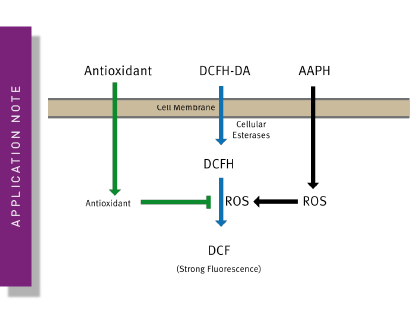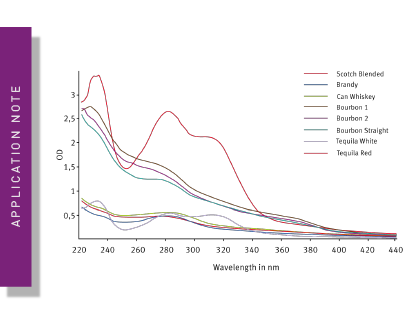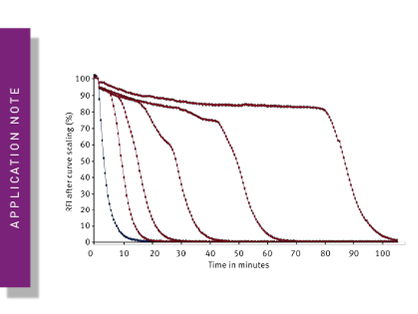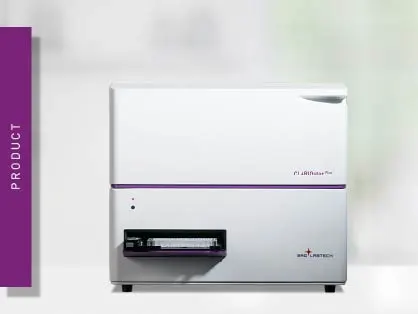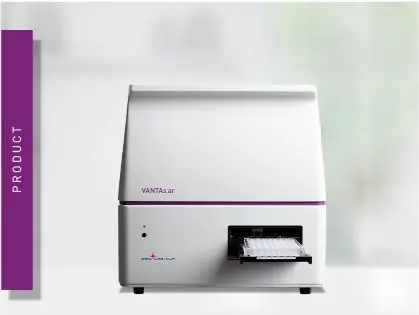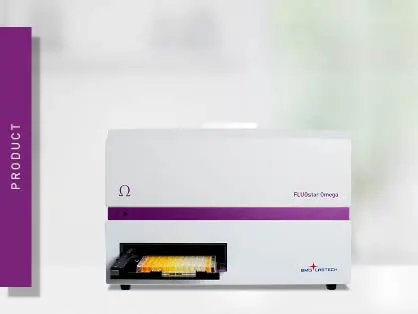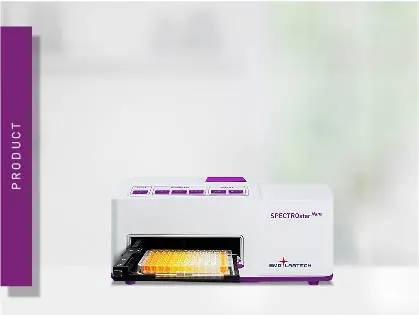Food science requires analysis of many hundreds of samples
During development, optimisation and quality control of food or beverages, many samples need to be repetitively processed and measured: the perfect prerequisite for a microplate reader which in addition helps to increase sample throughput substantially. One microplate reader can analyze for example dozens of hundreds of food samples for ingredients, allergens, or toxins.
Food research is interested in the development and quality assessment of new products. A common microplate test determines e.g., the antioxidant capacity of juices from fruits and vegetables or shows how the antioxidant content is affected by novel ways of processing. The so called ORAC assay, for Oxygen Radical Absorbance Capacity, measures the presence of Reactive Oxygen Species (ROS). The production of ROS is reduced by antioxidant molecules and with it the signal intensity. This assay was e.g. applied in the following application note for the antioxidant capacity determination in plant samples and food products. Alternatively to the ORAC assay, the AOP-1 assay offers an antioxidant assay approach that allows to study antioxidant in living cells. ROS generation can also be monitored with luminescent assays, like shown in this application note demonstrating the performance of Promega’s ROS-GloTM assay using the VANTAstar. The luminescent ABEL antioxidant assay measures vitmamin C type antioxidants.
Further microplate-based assays test how nutrient composition changes with modified production or storage conditions. Protein content can be determined with classic absorbance-based methods for quantification like Bradford, Lowry or BCA. Fatty acids or carbohydrates like free glucose can also be determined with microplate reader-based assays. Alcoholic beverages can e.g. be characterized by their individual UV-absorbance spectra as shown in this application note comparing different whiskeys: AN 277: Authentication and quality testing of distilled spirits using the SPECTROstar Nano.
Before a food or drink can be found on the shelf of the supermarket it needs to go through quality procedures. In food samples, microplate readers help to identify toxins such as aflatoxin or dioxin, allergens, or pathogens. Such targets are typically identified by ELISAs.
BMG LABTECH microplate readers are available as single- or multi-mode instruments with up to seven different read modes. This modularity allows to select only what is needed for your food analysis and leaves the possibility to upgrade later with increasing demands.





